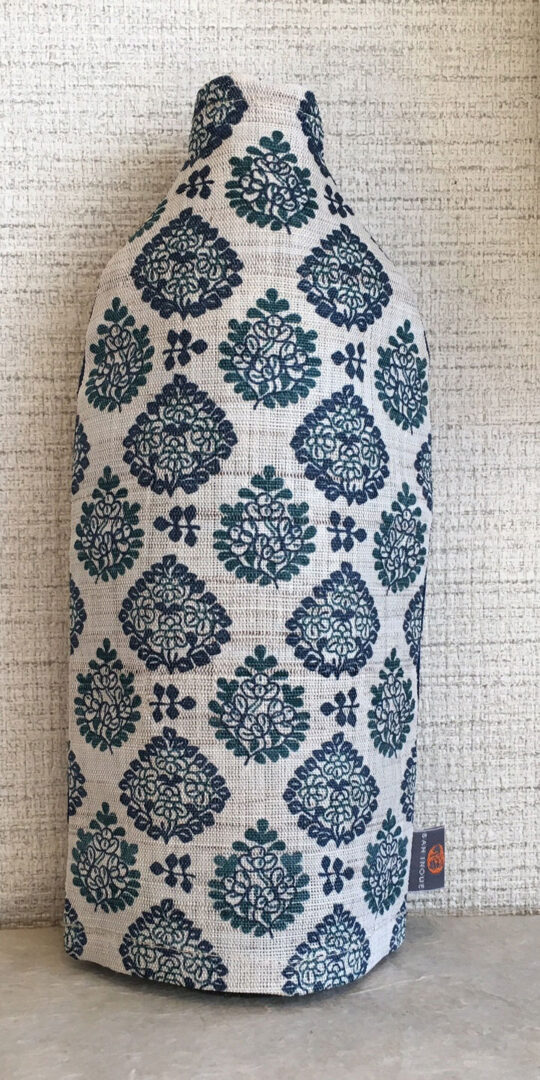
Under the theme of "living with a washi", we select from all over the country, mainly Japanese modern vessels and cloth products. Gentle clothes, shoes and bags made of natural materials are also popular.
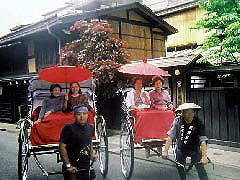
Alpine rickshaws are the ancestors of tourist rickshaws across the country. There are 3 courses of 15 minutes and 30 minutes to enjoy the old town and more than 1 hour. You can also enjoy tourist information by your husband. You can also shoot with your own camera. The train station is located at the intersection of Kamisanomachi and Yanabashi, and in the morning in front of Takayama Raiya (pick up and drop off to Takayama Station or the hotel or inn where you are staying, if you wish).
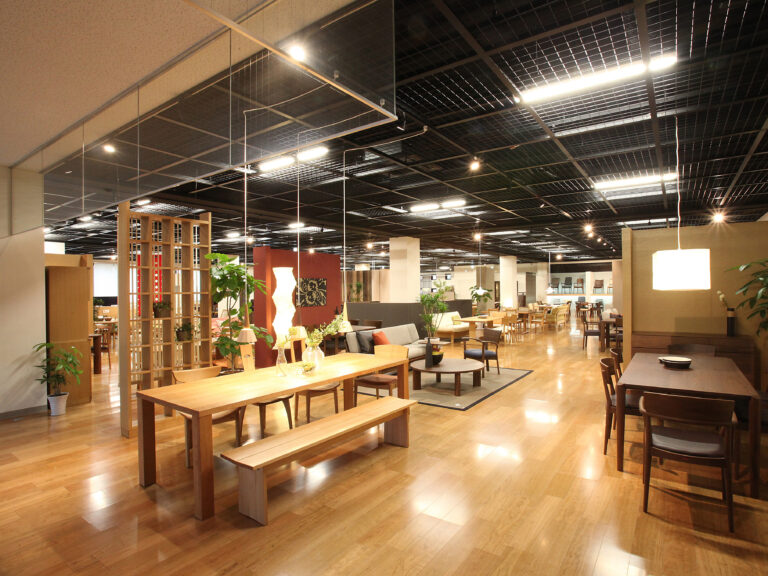
A gallery that brings together Hida's furniture and crafts, with a modern sense of design added to traditional techniques. As the showroom of Shirakawa, a furniture maker in Hida, it is also the largest in the whole country, and there is also an exhibition corner for excellent furniture in Japan and abroad. Facing the old town line and the Miyagawa morning market, it has a souvenir shop, a tea and an Italian restaurant.
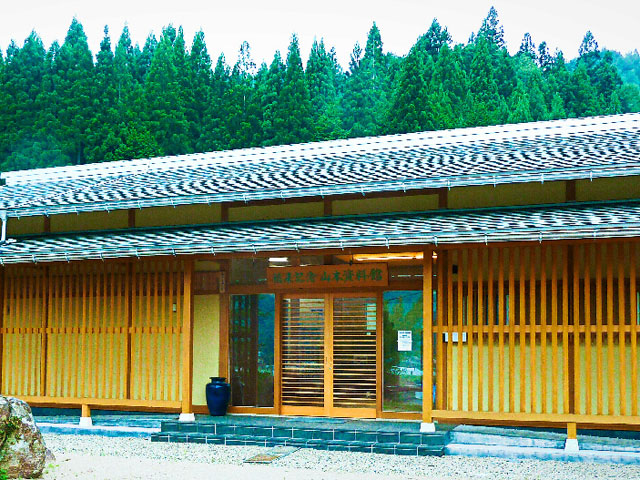
Dr. Yukichi Fukurai (Psychology) discovered the first image in the world in 1910, revealing that "the mind has power". Kenzo Yamamoto, the founder of our institute, discovered and studied the "six-dimensional theory", which can also explain the memorial. This is the truth of the universe, which can cure the habit or enrich the life and be applied to the development of science. Also, as a young man, Kenzo Yamamoto was entrusted with the "Hida no Mura" (ancient history before Emperor Jinmu) by the old man, and researched the whole country to write "Revealed Jinmu Pre". Its ancient history is also on display.
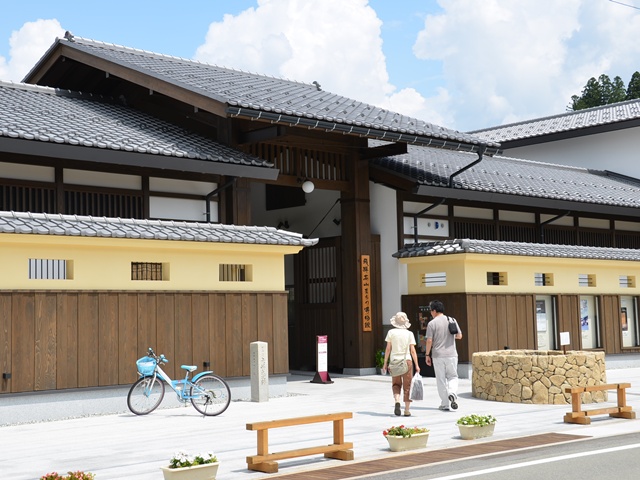
A base facility in the castle town of Shuyu Takayama, which displays Hida's historical and folk materials. The building uses the Tōzō of the Yajima family and the Nagata family, which have continued since the Edo period. The exhibits cover a wide range of items, including materials about the Takayama castle owner, Kanamori, Enku Buddha and arts and crafts, as well as Karakuri dolls from the Takayama festival. There are many exhibits of living tools for the common people, and you can learn about the culture of the townspeople who were the bearers of the unique Takayama culture.
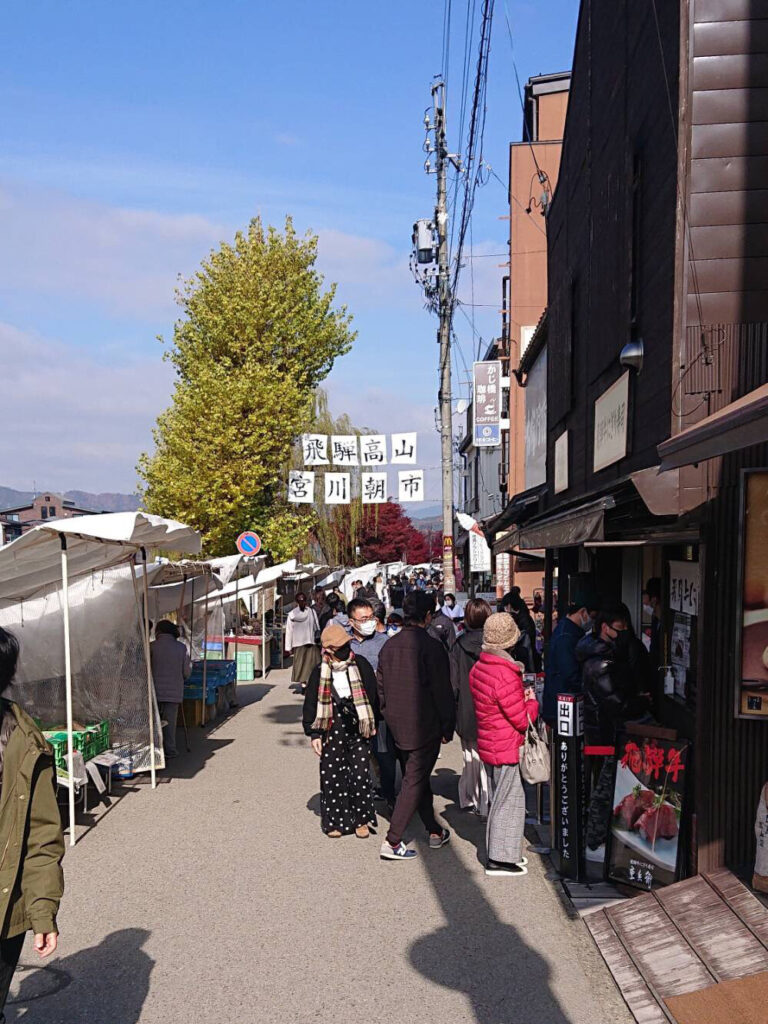
Along the Miyagawa River from the Blacksmith Bridge to the Yayoi Bridge, street stalls line up with a slali for about 350m, and early in the morning, a cheerful ringing is heard. Fresh vegetables and fruits taken locally, as well as pickled items and folk art are sold. When there are many, around 40 stores open.
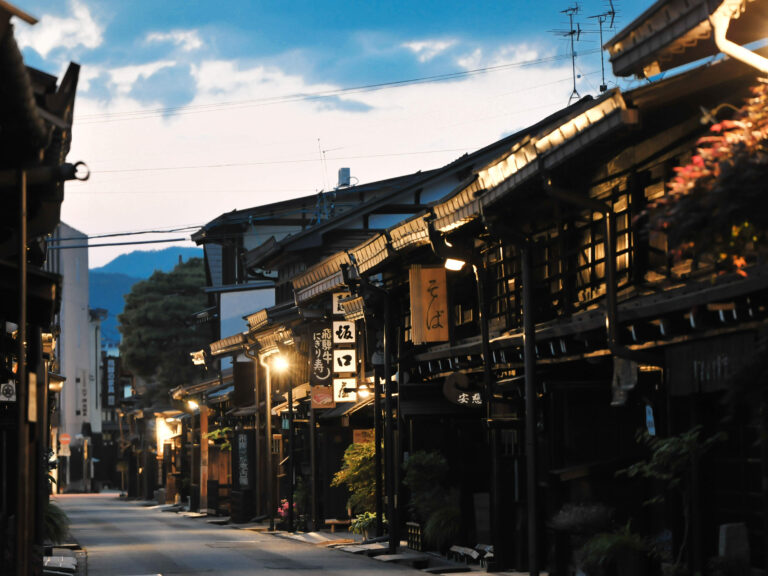
Located in the southern half of the former Takayama castle town, in the Ujiko area of Hie Shrine, across narrow streets, the town house architecture from the late Edo period to the Meiji period is lined with souvenir shops, cafes and shops using the building intact, and is a tourist attraction in Takayama.
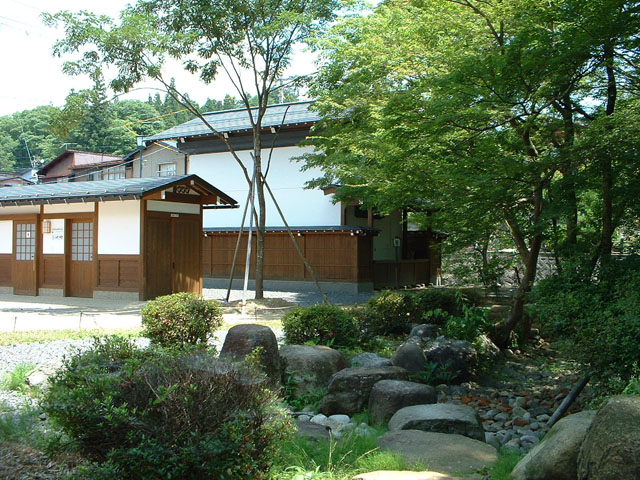
The place where the residence of Shigekatsu, the younger brother of Sandaijo, Shigenori Kanamori, was located. The owners, the Hirata family and the Komori family, who later became a separate residence of the town-year-old Yorikawami, donated it to the city of Takayama. It houses the Ikizumi Kaigai Garden and the late-Edo-built Tozo of the plasterer virtuoso Edoya Manzosaku.
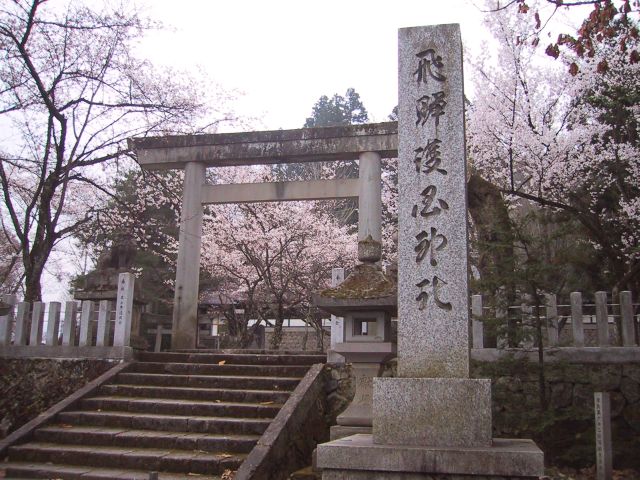
The shrine is located on the northern side of Shiroyama Park, at the site of the Takayamashiro Sannomaru. The spirits of the war dead from Hida since the South-West War, the god of the gods of the gods, the god of the gods of the gods of the gods, the god of the gods of the gods, the god of the gods of the gods of the gods, the shrine of the gods of the gods, the shrine of the gods of the gods, the shrine of the gods of the gods, the shrine of the gods of the gods, the gods of the gods of the gods, the gods of the gods of the gods of the gods of the gods of the gods, the gods of the gods of the in the precinct, there is also a surviving house, a monument to the first Takayama governor, Hayami Umemura, who died after being blamed by the peasant uprising, and the inner moat of Takayama Castle. For the annual festival on May 3, lion dances and cockerels are dedicated from a nearby shrine, and you can tour different Shinto performing arts every year.
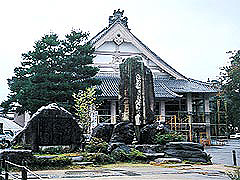
The temple was built by the first feudal lord, Kanamori, as the central dojo of the Jōdo Shin sect when he built a castle town in Tensho 13 (1585). After that, he was hit by fire several times, and the current main hall was rebuilt in 1964. Terabohan (You can see it if you wish, but until 15 o'clock. Free) displays more than 100 valuable treasures, including a picture depicting a single-story story of Shinran. In addition, the back was relocated from a private house of the Sugishita family, who was the best farmer in Hida.










